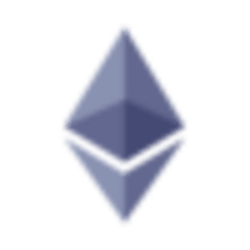-
Arbitrum is transforming the Ethereum landscape as one of the most widely embraced rollups, attracting developers and users alike through its robust technology.
-
This guide highlights the top Arbitrum DApps of 2025, showcasing how their unique features leverage Arbitrum’s scalable infrastructure for decentralized finance (DeFi) and real-world asset (RWA) trading.
-
“Arbitrum has become a magnet for builders,” states an industry analyst, reflecting the increasing total value locked (TVL) exceeding $3 billion within its ecosystem.
Discover the transformative DApps in the Arbitrum ecosystem for 2025, including their key features and implications for the future of decentralized finance.
Top Dapps on Arbitrum in 2025
The Arbitrum ecosystem is home to a variety of decentralized applications (DApps) pushing the boundaries of what is possible in the DeFi space. Here are the standout platforms expected to lead in 2025:
1. Premia
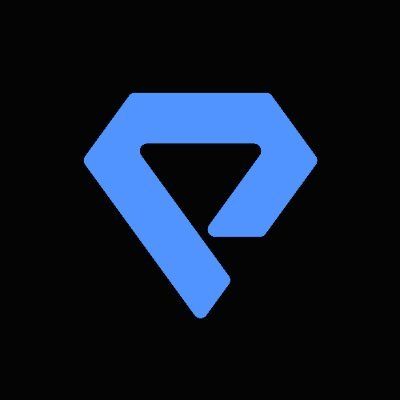
Premia positions itself as the premier DeFi options token exchange, offering a unique peer-to-peer decentralized exchange (DEX) experience. Launched in 2021, it features a variety of components including options trading, a governance model, and an integrated vault system.
Features
- Options (European-style) trading and swaps
- Just-in-time (JIT) liquidity
- Over-the-counter (OTC) trading
- Margin system
- Range orders
2. Ostium
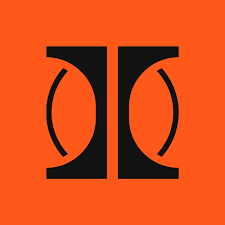
Ostium is an innovative DEX that enables trading of perpetual contracts on various asset classes including Forex, commodities, and select cryptocurrencies. This open-source platform makes it possible to gain on-chain exposure to off-chain real-world assets through synthetic perpetuals.
Features
- Telegram bot for user interaction
- Access to real-world assets (RWAs)
- Specialized order types for advanced trading
- Leverage up to 200x
3. GMX
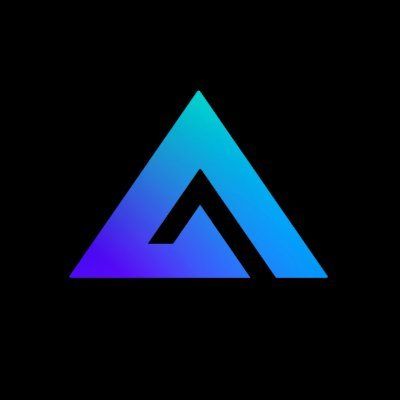
GMX specializes in spot and perpetual futures trading, employing an automated market maker (AMM) model rather than a traditional order book. Established in 2021, GMX stands out for its user-friendly interface and operational efficiency on both the Arbitrum and Avalanche blockchains.
Features
- Up to 100x leverage for strategic trading
- Options for both spot and perpetual trading
- Multi-asset liquidity pools (GLP pool)
- Cross-chain compatibility enhancing user accessibility
4. Gains Network
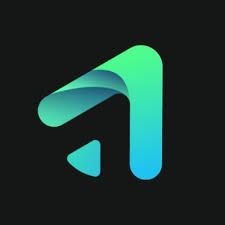
The Gains Network is focused on leveraged trading through its flagship platform, gTrade, supporting a range of assets including cryptocurrencies, Forex, stocks, and commodities, without requiring users to relinquish control over their assets.
Features
- Over 290 tradeable assets
- Leverage options between 35x to 1,000x
- Multi-chain support for broader accessibility
- Decentralized Autonomous Organization (DAO) governance
5. Fluid
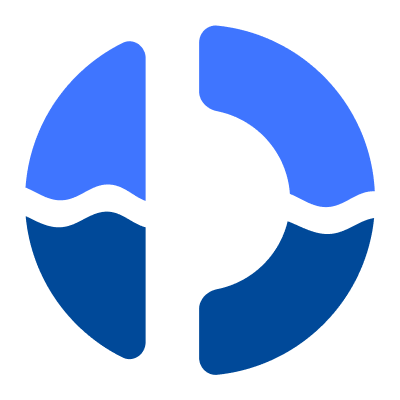
Fluid represents a comprehensive DeFi superapp designed by Instadapp, incorporating a DEX, money market functionalities, and vault applications unified through a pooled liquidity layer to enhance capital efficiency and reduce operational frictions.
Features
- Unified liquidity layer for seamless transactions
- Comprehensive DEX features including swapping, lending, and borrowing
- Governance capabilities via FLUID utility token
- Advanced financial products like Smart Debt and Smart Collateral
Top Arbitrum DApps Compared
| DApps | Category | Type | Token |
|---|---|---|---|
| Premia | DeFi | DEX | PREMIA |
| Ostium | RWA | DEX | N/A |
| GMX | DeFi | DEX | GMX |
| Gains Network | RWA | DEX | GNS |
| Fluid | DeFi | DEX | FLUID |
The leading DApps showcased here were selected based on metrics such as 24-hour trading volume, unique active wallets (UAW), and total value locked (TVL), illustrating their vital role in the Arbitrum ecosystem.
What is Arbitrum?
Arbitrum is a general-purpose, Ethereum-compatible Layer 2 blockchain that uses optimistic rollup technology to enhance scalability while retaining the security of its underlying Ethereum network. By processing transactions off-chain and posting minimalist data back to Ethereum, Arbitrum can significantly reduce fees—by approximately 97%—while maintaining speed and efficiency.
Arbitrum’s engineering allows developers to create decentralized applications with the familiarity and flexibility of Ethereum’s ecosystem.
History
Conceived by Offchain Labs, Arbitrum began its journey with groundbreaking advancements in the Layer 2 sector. Founders Ed Felten, Steven Goldfeder, and Harry Kalodner established the company in 2018, laying the groundwork for the modern crypto landscape.
Arbitrum Ecosystem
With its various frameworks, such as Arbitrum One, Nova, Nitro, and AnyTrust, the ecosystem not only sustains a high performance for DeFi applications but also facilitates fast and affordable execution for decentralized service providers.
As a launchpad for innovative applications, Arbitrum is redefining what is possible within decentralized finance, with a growing community and an increasing total value locked that surpasses $3 billion.
The Next Generation of DApps
The prosperity of the Arbitrum blockchain is driven by its capacity to support high-throughput, low-cost applications, making it an ideal choice for developers focused on delivering cutting-edge financial services. DApps specializing in derivatives trading, including those featured in this article, reflect the burgeoning interest and utility of the Arbitrum platform as we look ahead to 2025.
